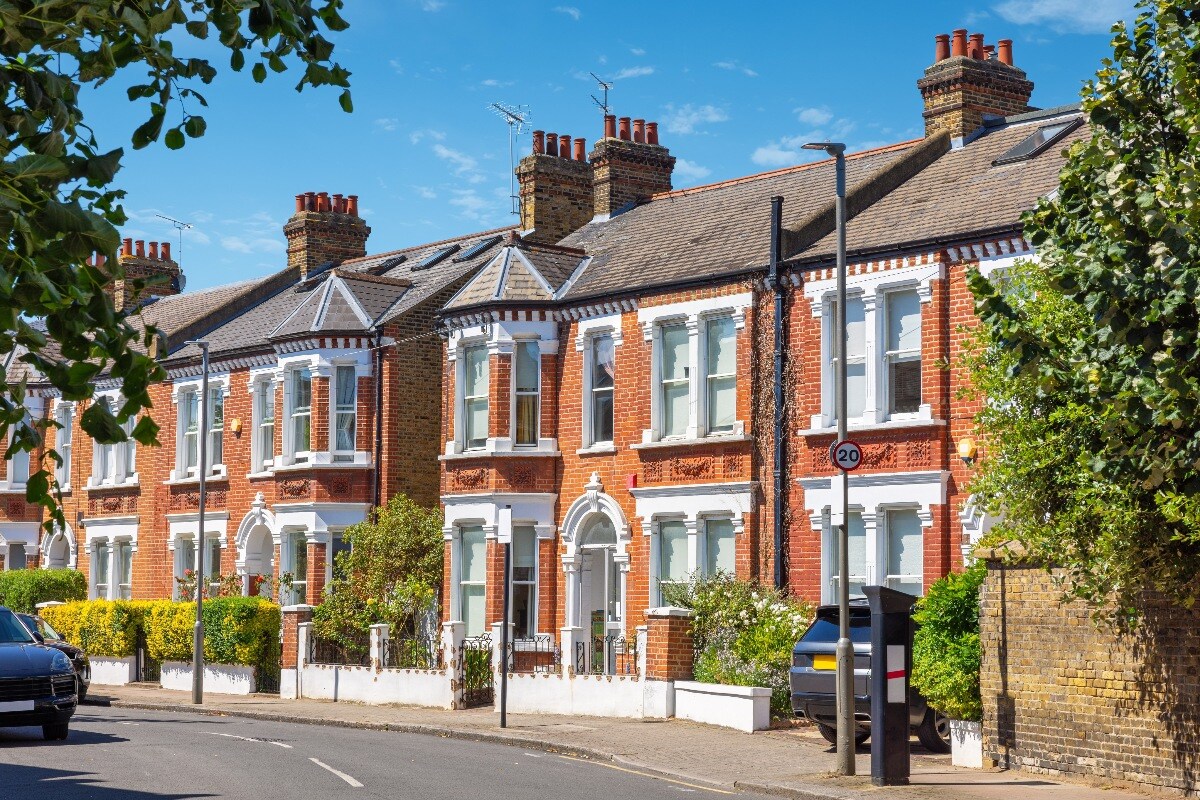
Social Housing Decarbonisation Fund (SHDF) has emerged as a cornerstone initiative in the UK’s effort to meet Net Zero targets by 2050. The SHDF is designed to help upgrade the energy efficiency of housing, tackle carbon emissions and improve the living conditions of thousands of households across the country.
For registered providers of social housing and public sector officials, understanding the SHDF is crucial to enhancing efforts towards decarbonisation. This guide will provide an in-depth overview of the fund, the different waves of funding and how social housing landlords and councils can benefit from this initiative.
Defining the SHDF
The Social Housing Decarbonisation Fund is a government-backed initiative aimed at upgrading social housing properties to Energy Performance Certificate (EPC) Band C or above. The focus is on improving energy efficiency through retrofitting existing homes with modern, sustainable technologies such as insulation, low-carbon heating systems and renewable energy solutions like solar panels and heat pumps.
The SHDF supports social landlords, including local authorities, housing associations and registered providers in making energy improvements to homes that are currently rated EPC Band D to G. The fund also contributes to the retrofit sector, creating new job opportunities and supporting the UK’s broader environmental goals. In 2019 the UK government announced they were committing £3.8 billion over a 10-year period to the fund.
Who is the SHDF for?
The Social Housing Decarbonisation Fund is designed to support a wide range of organisations responsible for social housing in the UK. The primary goal is to help these organisations improve the energy efficiency of social homes, particularly those rated below EPC Band C.
- Local authorities: Councils that manage or own social housing stock can apply for funding to retrofit homes and improve energy performance.
- Registered providers of social housing: This includes housing associations and private registered providers of social housing. These organisations play a crucial role in managing social housing and can apply for SHDF grants to make necessary energy upgrades to their properties.
- Combined authorities: Regional bodies that bring together multiple local authorities can also apply for SHDF funding, especially for larger-scale projects that benefit several communities.
- Charities: Registered charities that own social housing stock can also apply, particularly if they aim to improve homes in low-income or vulnerable communities.
Why is the SHDF important?
Reducing carbon emissions
The SHDF plays a pivotal role in helping the UK achieve its legally binding Net Zero 2050 target. By upgrading social housing to be more energy-efficient, the fund helps reduce the carbon footprint of homes, which is a key sector in the fight against climate change.
Tackling fuel poverty
One of the core aims of the Social Housing Decarbonisation Fund is to reduce energy bills for tenants living in social housing. Energy-inefficient homes are often more expensive to heat, leaving lower-income households vulnerable to fuel poverty. By improving insulation and installing efficient heating systems, the SHDF helps to reduce household energy costs, ensuring residents can afford to keep their homes warm.
Improving quality of life
The retrofits funded by the SHDF improve the comfort and health of tenants. This is because energy-efficient homes are less prone to damp and condensation, leading to better living conditions.
What funding was available?
The Social Housing Decarbonisation Fund was rolled out in a series of funding waves, with each wave providing opportunities for social housing landlords to bid for grant funding to improve their housing stock. Here’s a breakdown of each wave of funding:
Wave 1 (2021–2023)
Wave 1 of the SHDF provided £179 million to upgrade up to 20,000 homes across England. This initial wave was focused on testing large-scale retrofitting solutions to prepare for future, larger-scale implementations.
Wave 2.1 (2022–2023)
Wave 2.1 was a significant expansion, offering £778 million to improve the energy efficiency of around 90,000 social housing properties. This wave was a game-changer in terms of scale, with many local authorities and housing associations making significant strides towards reducing emissions and improving the quality of social homes.
Wave 2.2 (2024–2026)
Wave 2.2 is the latest wave, with £80 million allocated to further retrofit projects. This funding will build on the success of the previous wave, allowing social landlords to make even greater improvements in their housing. Projects under Wave 2.2 must be completed by March 2026, with most of the funding likely being spent by March 2025.
What is included in an SHDF application
A strong SHDF application should include:
- EPC data: Provide current Energy Performance Certificate (EPC) ratings of the homes you plan to upgrade, showing that they are below Band C.
- Retrofit plan: Detail the energy efficiency measures, such as insulation, heat pumps, or solar panels, and how they will improve the properties' EPC ratings.
- Budget: Present a clear breakdown of project costs and how co-funding will be secured.
- Timeline: Outline key project milestones, ensuring completion within the funding deadlines.
- Social impact: Explain how the project will reduce fuel poverty and benefit residents.
Start your energy efficient journey with Oakray Renewables
For social housing landlords, councils or even homeowners looking to make similar energy efficiency improvements, Oakray Renewables can provide expert advice and tailored solutions. Our team specialises in solar energy systems, heat pumps and energy storage solutions, all designed to help properties become more energy-efficient and environmentally friendly.
Get in touch with us today to explore how we can support your decarbonisation goals and help you benefit from schemes like the SHDF.
